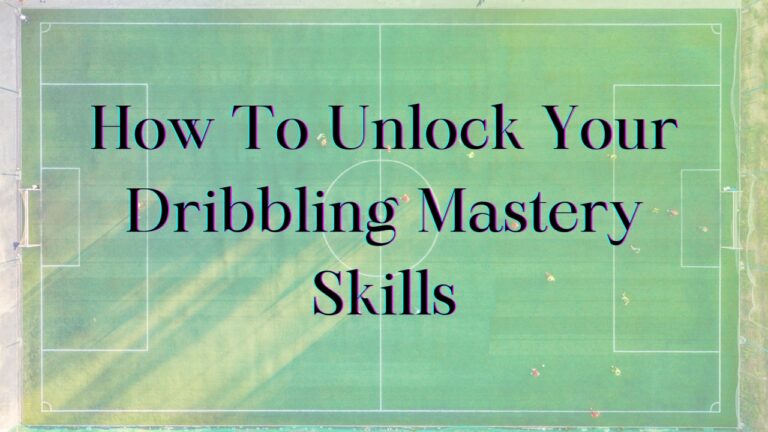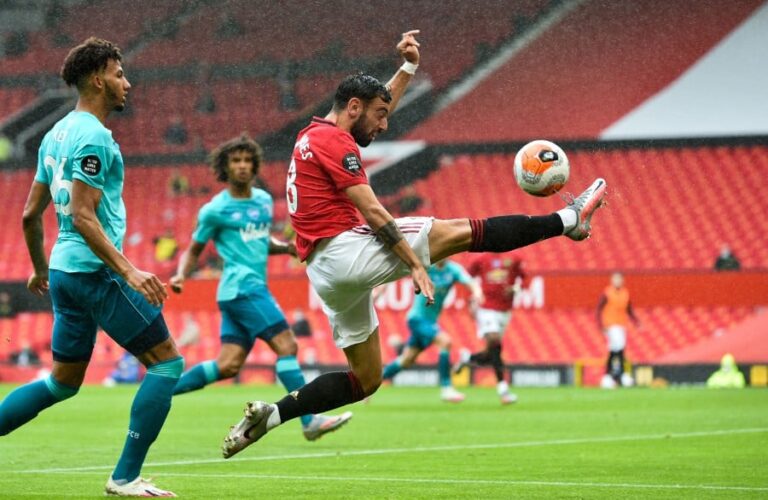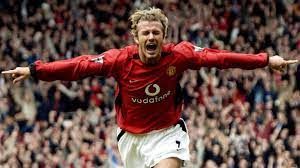Soccer is a sport where a single mistake by a defender can lead to conceding a goal and often determining the outcome of a match. As such, having rock-solid defenders is crucial for any successful soccer team. But what makes for an elite defender at the top level? In this article, we will explore the key technical, physical and mental attributes that allow defenders to excel in their position. Having the right blend of these characteristics is what separates the great defenders from the merely good ones.
Technical Attributes
The best defenders are masters of skills specific to their position. Let’s look at some of the important technical abilities needed:
Tackling Ability

- Tackling is a fundamental skill for defenders, allowing them to win back possession. It requires perfect timing and technique – going in too early risks giving away fouls and penalties. Top defenders time their challenges well and have impeccable form when going into tackles. They are able to cleanly dispossess attackers with their strength and precision.
Heading Ability

- Being dominant in the air is crucial, as defenders must be able to clear crosses and win aerial duels. Powerful and accurate heading is needed to get distance on clearances and redirect dangerous balls away from goal. Great timing on jumps helps defenders beat opponents to high balls.
Marking & Covering

- Defenders must excel at marking opponents tightly and covering their zone well. They need good positional sense and awareness to mark the right spaces. Some defenders specialize in zonal marking while others prefer man marking. Communication with teammates is vital to avoid openings.
Passing Ability

- Composed passing and ball distribution helps play from the back. Short, accurate passes maintain possession. Long passing switches play to open up the field. The best bring the ball forward when space opens up. Good technique even under pressure is essential.
Dribbling Ability

- Though not a primary role, having some close control and dribbling skills allows defenders to bring the ball out of defense confidently. This allows them to drive the team forward when the opportunity arises.
Physical Attributes
In addition to technical ability, top-class defenders require an optimal blend of physical traits to cope with the demanding nature of their position. Let’s examine some key physical attributes:
Strength

- Physical strength allows defenders to fend off attacking players, hold them off the ball, and win physical battles. It gives them the power to come out on top in collisions and aerial duels. Upper body strength in particular helps win headers.
Pace

- Raw pace allows defenders to keep up with speedy attackers, making recovery runs to stop counterattacks, and cover when teammates are caught out of position. Sprinting speed to chase down long balls or fast players is a huge asset.
Stamina
- Tireless endurance throughout 90 minutes of action allows defenders to maintain concentration and make lung-busting runs when required. They can last physically demanding matches and make overlapping runs to support attacks.
Agility
- Nimble footwork and agility aids in making quick changes of direction, reacting swiftly to danger, and adjusting body position in duels. This nimble movement allows defenders to stick tight to elusive attackers and recover quickly.
Mental Attributes
Defense is sometimes described as an unglamorous role, but it requires immense mental fortitude. Let’s explore some cognitive and psychological traits vital for defenders:
Concentration

- Lapses in concentration can instantly lead to conceding goals. Defenders must remain completely focused and alert for the full 90 minutes, never switching off. This intensity of focus is mentally grueling but a prerequisite for the position.
Bravery
- Being brave in going into tough tackles, putting their body on the line, and taking hits for the team. Defenders must be courageous and selfless to block shots and make last ditch tackles.
Communication

- Constant communication organizes the defensive unit, directs teammates to pick up markers, and avoids gaps. Vocal leadership and organization is expected, especially from central defenders marshalling the backline.
Composure
- Staying calm under pressure is vital, as any panic can prove costly. Composed decision making and assurance on the ball, even when aggressively pressed, distinguishes elite defenders.
Decision Making
- Good judgment and smart decision making separates top defenders. This allows them to position themselves well, select the right defensive actions, and avoid being caught out. Timing of tackles, clearances and interceptions is also key.
Examples of Top Defenders
Looking at some elite defenders helps illustrate the technical, physical and mental attributes that make them so effective:
Virgil van Dijk
- The Liverpool and Netherlands star exemplifies power, composure and leadership. Dominant in the air, he also reads the game brilliantly and times tackles perfectly. His confidence on the ball and distribution helps initiate attacks.
Sergio Ramos
- The Real Madrid veteran has pace, aerial prowess, tough tackling skills and excellent timing. He also offers a huge goal threat from set pieces. Ramos embodies bravery, commitment and a will to win.
Carles Puyol
- The legendary Barcelona captain was physically imposing, aerially dominant and drove his team with energetic, inspirational leadership. His determination and courage made him a feared defender.
N’Golo Kante
- Though a midfielder, the Chelsea dynamo is included for his incredible work rate, stamina and ability to cut out attacks. He epitomizes tireless teamwork and durability over 90 minutes.
These profiles showcase how well-rounded top defenders need to be, with the right balance of technical, physical and mental attributes tailored to their position and playing style.
Conclusion
Defending at the elite level requires top-class ability across multiple areas – technical, physical and mental. The best defenders are well-rounded, with excellent tackling, marking, heading, distribution and 1v1 skills. They also boast a potent blend of strength, speed, stamina, agility and athleticism. Mentally, concentration, communication, bravery and composure are prerequisites.
For aspiring defenders looking to succeed, dedicated training across all these attributes is a must. Defending requires specialist skills and physical optimization tailored to the unique demands of the position. Mentally preparing to embrace the tougher aspects of defending is also crucial.
Related Posts: Complete Guide to Proper Positioning for Youth Soccer Defenders






